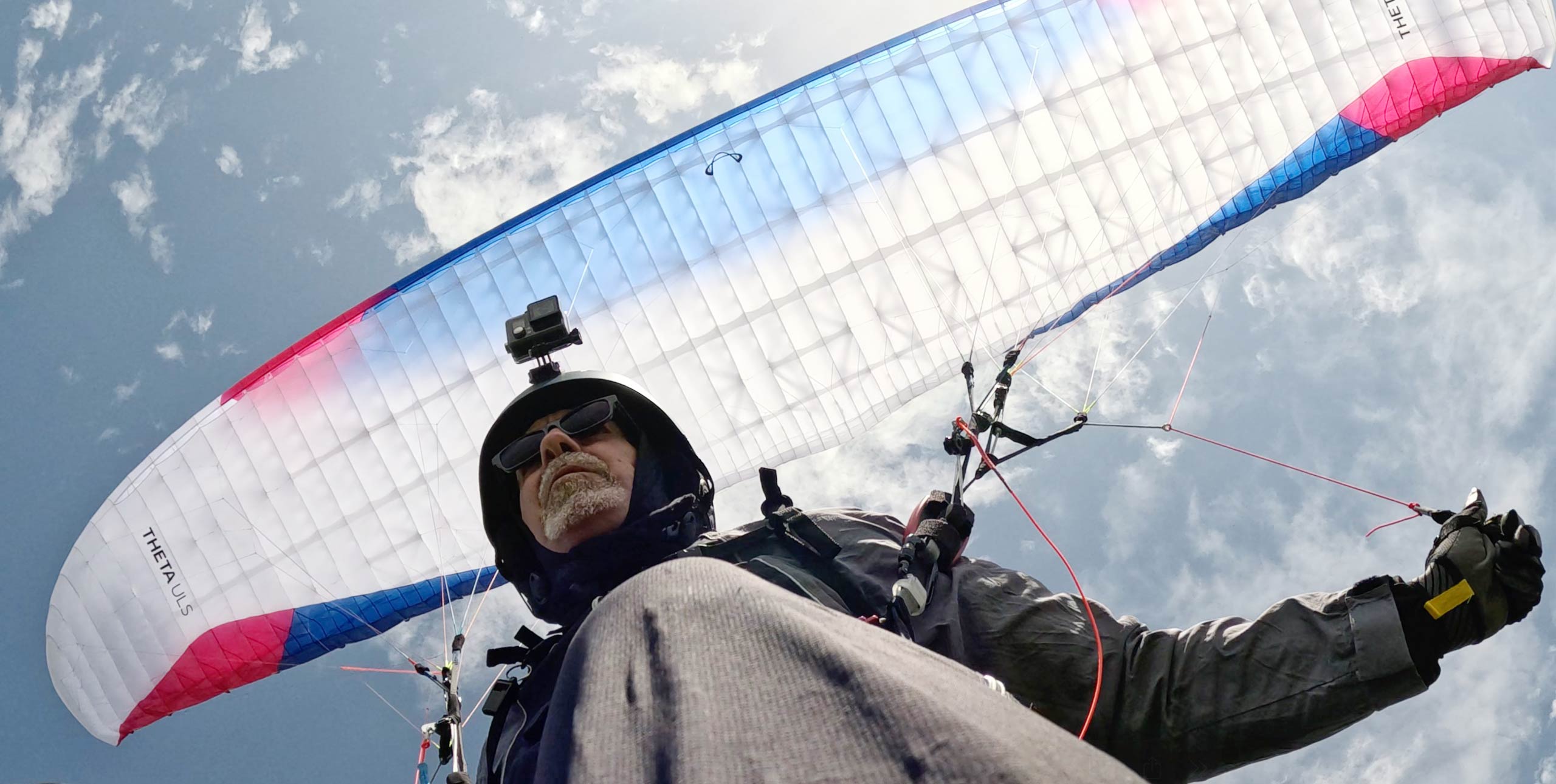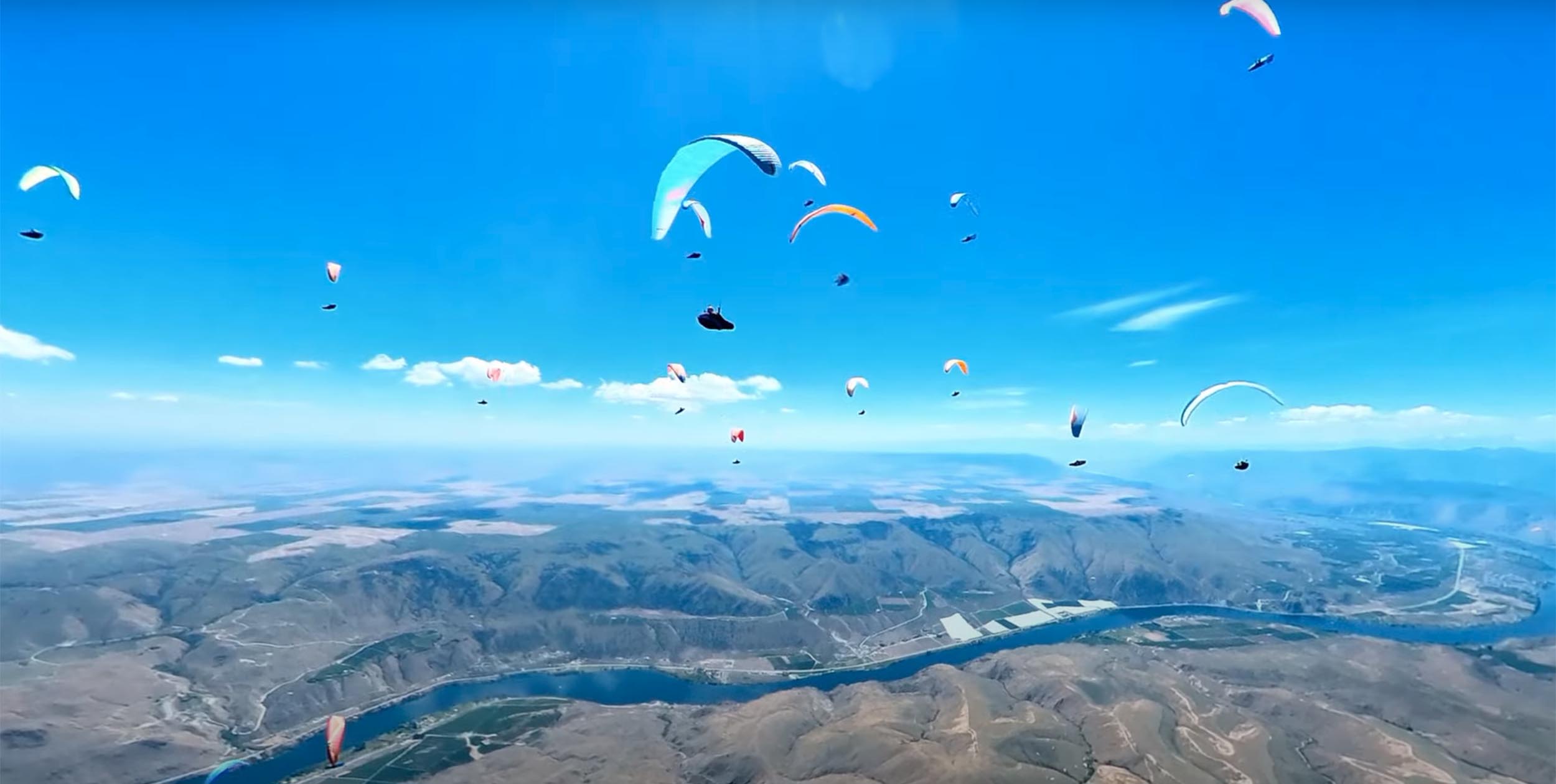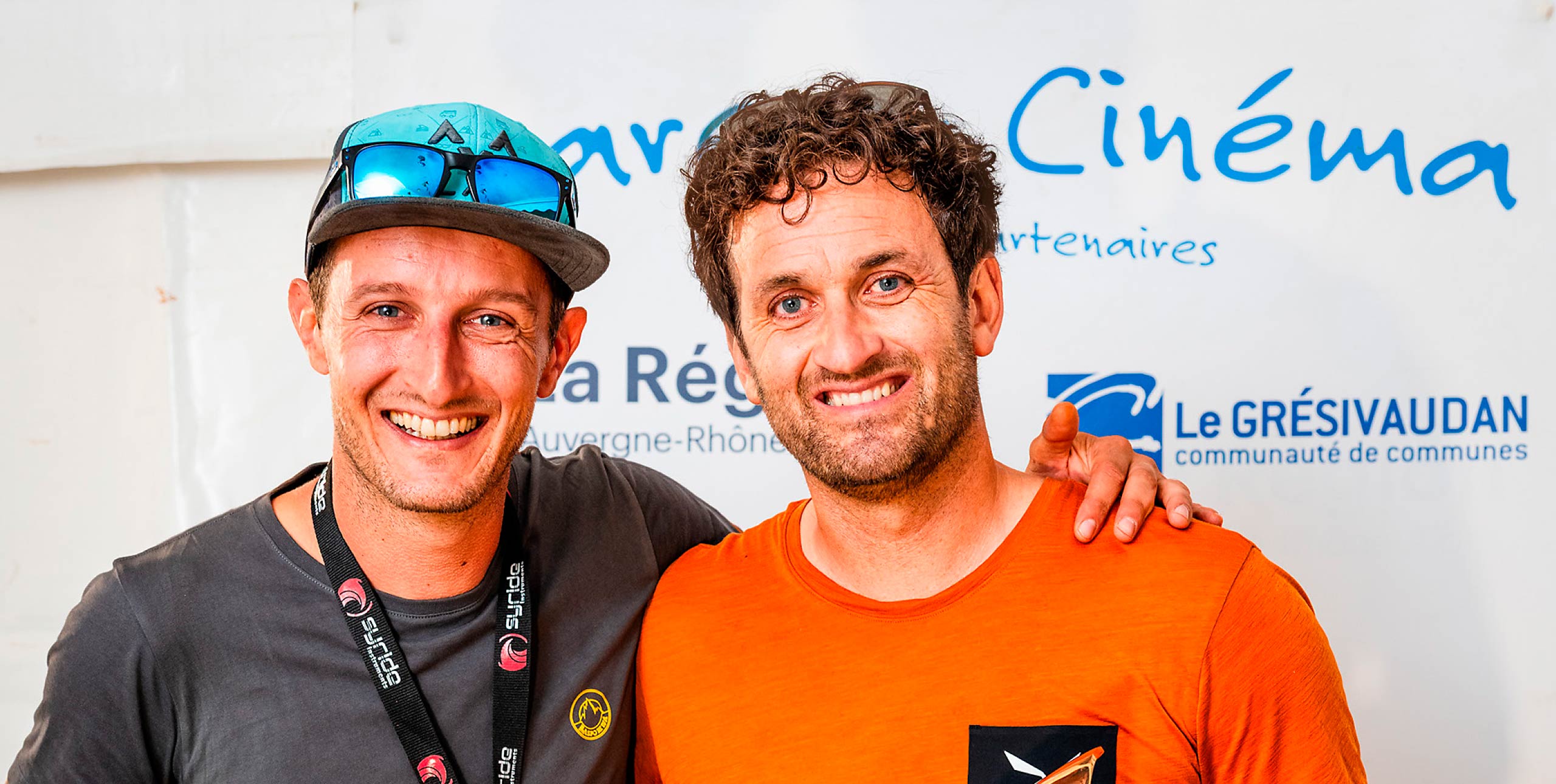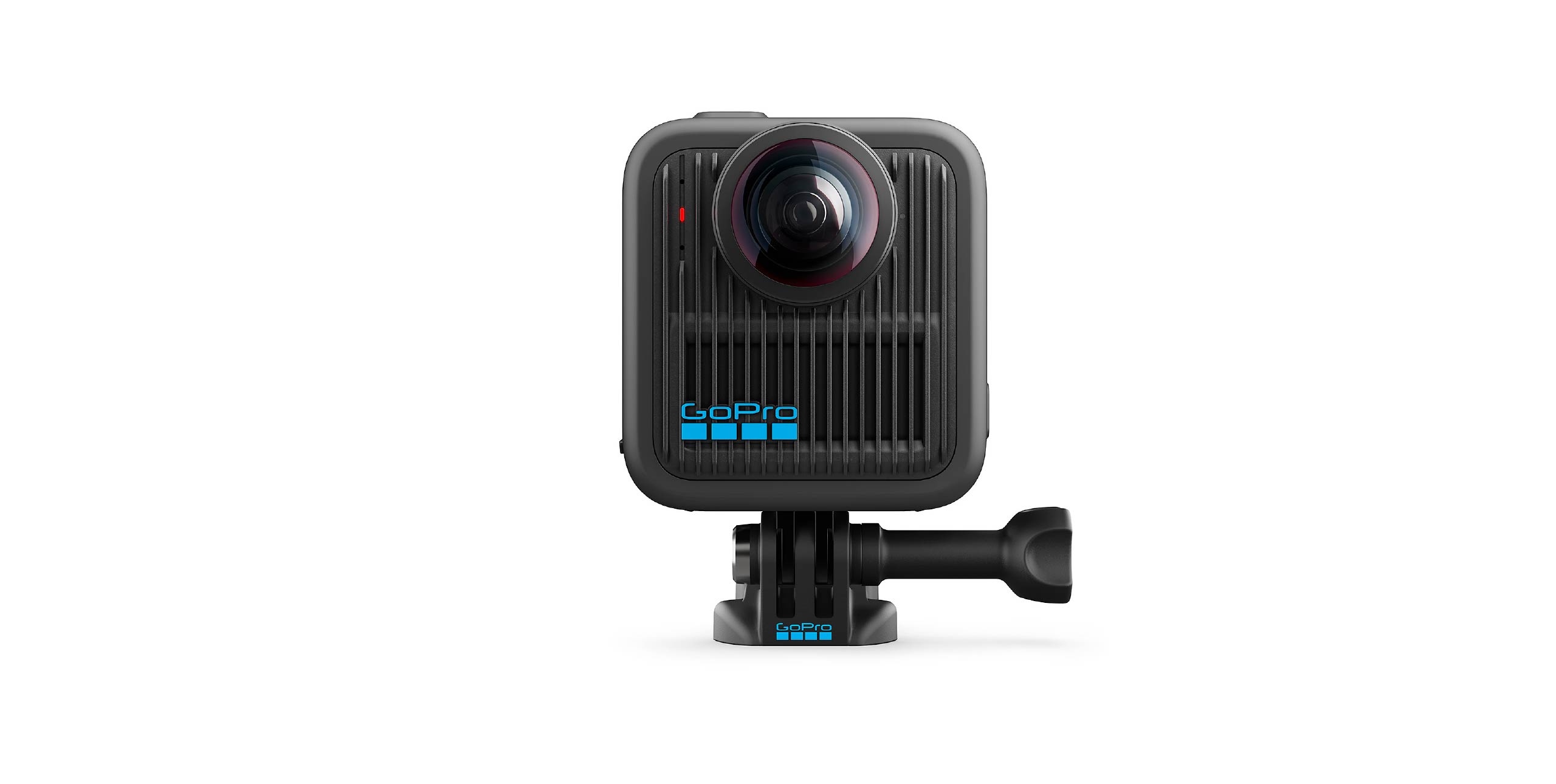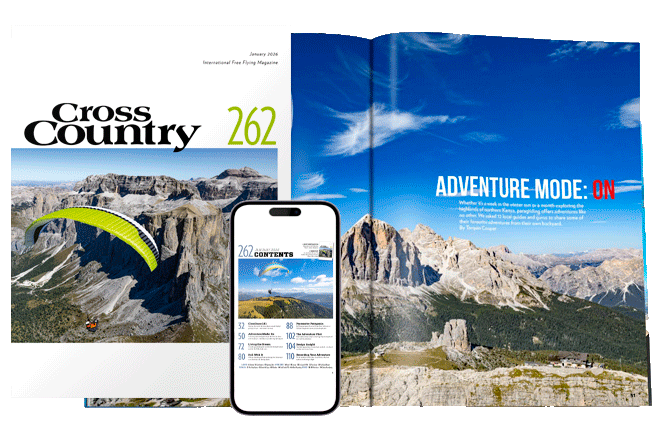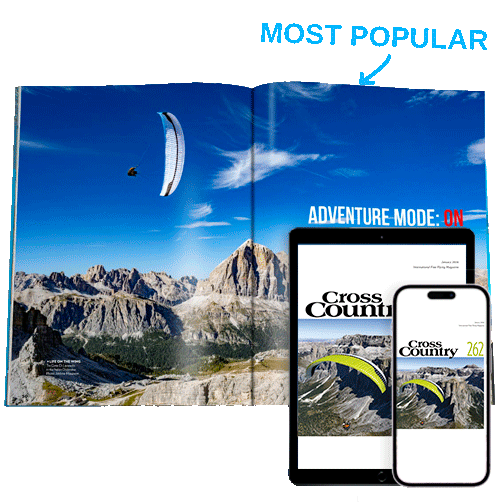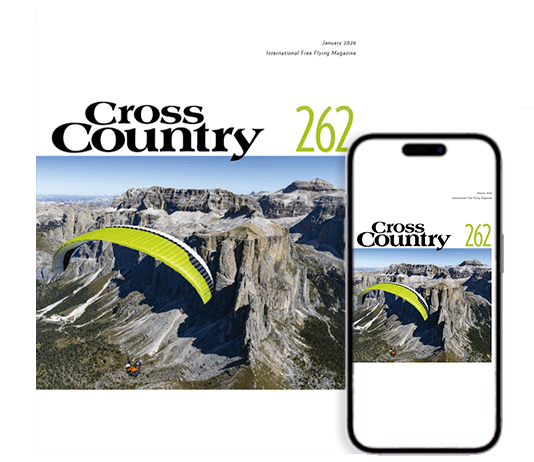FLYING IN THE USA: GRAND CANYON DREAMS
Will Gadd embarks on the glide of his life as he paraglides across the awesome Grand Canyon…
‘I don’t believe a paraglider is going to come out of this bag…’ Video: Gravsports
I’M SCARED, scared enough to taste metal in my mouth and have a hard time keeping my feet on the bucking struts of Chris Santacroce’s Cosmos trike as we toss through the thermals over the Arizona desert.
Why is my paraglider stuffed into a bag hanging off the trike? And is jumping off a trike doing 40mph really the best way to experience my first-ever “D-Bag?” I’m a cross country paragliding pilot, not some radical acro pilot.
Only the call of a truly amazing flight over the Grand Canyon has forced me to step up and hang my harness inches from a whirling prop – a flight that germinated about ten years ago while I jetted over the Canyon.
The flight sure looked feasible on a good day, but what if you landed in there? Beautiful pine forest covers both rims, but the interior of the canyon is a searing desert that often literally bakes over-confident hikers to death. Large signs at the top of the rare trails warn hikers that every year about 250 people are rescued from this canyon and that many die here.
So last September I stood on the rim. Hell, it was big, deep and wild, the cycles ripping up among the strongest I’d ever felt. The Canyon is “only” 30km across, but it’s almost 2km deep and just laced with sub-canyons and ridges. Add the powerful canyon winds into the equation and a paraglider in the depths of the Grand Canyon at midday would be exploring whole new frontiers of fear.
The flight looked simple on paper. Tow up near the rim, get high, glide 16-30km across. But as we scouted around the canyon a few things became obvious. First, because of the forest, there was no place to tow within ten miles of the canyon.
Second, the aircraft sectional map showed a mess of highly restricted airspace everywhere I wanted to fly. That airspace extended from the ground to 10,000 feet for miles around the canyon, and up to 14,500 feet directly over the canyon.
Chris then proposed that I jump off his trike at 14,000 feet with my paraglider unfurling from a deployment bag. I could start above the airspace and the National Park. I agreed, and the planning started.
For our start point we choose the small town of Tusayuan just outside the south boundary of the park, and on 1 September, I dropped from the trike for the first time.
I looked into Chris’s focused face and then fell backwards. The air grabbed me, spinning me twice to the left as I plummeted. Shit, now I was guaranteed riser twists. The ball of fabric over my head seemed to take forever to grab air, but finally it opened unequally and did two quick spins to the right before, thankfully, surging cleanly with no major issues.
Game on! But wait, why were there lines and fabric hanging out of the left tip of the glider? It turns out my glider caught the trike’s wheel as I fell past, which resulted in extensive damage to the wingtip.
The next day after some dubious repairs I D-bagged again. This time it went much smoother, and I was able to climb to 17,000 feet only to find unpredictably strong north winds, which made the crossing impossible.
A head wind would prevent me from arriving on the north rim at a safe altitude. With the north rim at an altitude of about 9,000 feet, this makes it about an 8:1 glide at the narrowest point, leaving no margin for error.
I struggled with maps and possible routes that night, and then watched a huge cold front blow through. Base dropped to less than 12,000 feet, and even the commercial sightseeing flights were grounded due to high winds.
Chris and I next talked about dropping me at a very high altitude on the north rim and riding the north winds back across. In the end it all looked just too dicey, plus, d-bagging and gliding over the Grand seemed like a cheap shot to me. Any fool could do that. I wanted to thermal and really fly over it. It was time to find a tow road.
September 5 the winds finally died, and we had a good break when we discovered some tow roads about 30km southwest of the canyon. This meant flying an extra 25-30km to get to the canyon.
September 5 and 6 we towed, but base was only about 12,000 feet rising to 13,000 feet late in the day – not enough to get legal in the airspace. Each time I landed just on the edge of the airspace rather than commit.
By September 7 the forecast was good. Light south winds, base predicted at 18,000 feet and no chance of thunderstorms. At 12:00 we were ready, but there were no clouds to indicate the tops of thermals. It was scorching on the ground. I went through 2 litres of water before finally towing at 1:30 just as the first small clouds popped.
I released at about 1,000 feet over the ground and climbed in strong, punchy lift to 12,000 feet where I ran into an inversion. For the next hour and a half I bounced off the inversion like a beach ball. I was in the middle of a 25km blue hole; from at least another 5,000 feet above my glider, the clouds taunted me.
The weather forecast was lousy for the next three days, so this was my last chance. Finally, after almost two hours of inversion bashing, a small cloud popped about three miles south of the Canyon. I glided under it then screamed to 17,800 feet.
From this altitude the canyon looked close enough to touch, and I could see clouds developing on the rim. I happily radioed down, “The inversion broke, I’m at 17,800 and heading north!” and then watched the trike scramble into the air with Chris and Scott Simper on board. Amazingly, Chris flew straight into a massive swirling dust devil and used its energy to save fuel while climbing to my altitude.
With the aviation map memorized I knew exactly where I had to go to be legal. As I glided north, I flew above the airspace ceiling and entered the aerial boundary of the park. I was committed. My planned route took me out onto a peninsula west of Grand Canyon Village.
The Grand Canyon is the wildest terrain you can imagine, a gash in the earth a mile deep. As I looked down into its stepped red depths, I felt the power of it pull at me; I wanted to just turn and start my glide. The trouble was, I was gliding lower and not hitting lift. Below 14,500ft I’d be in the FAA airspace, but more seriously as far as I was concerned, I’d have to abort the flight.
As Chris zoomed by me on the trike, I worked light lift and drifted farther out over the peninsula on the lip. This was getting serious, but I noticed a good haze dome start just ahead of me. OK, glide toward it, YES! Soon I was back at 17,000ft under a cloud and there was only one thing to do, so I did it…


